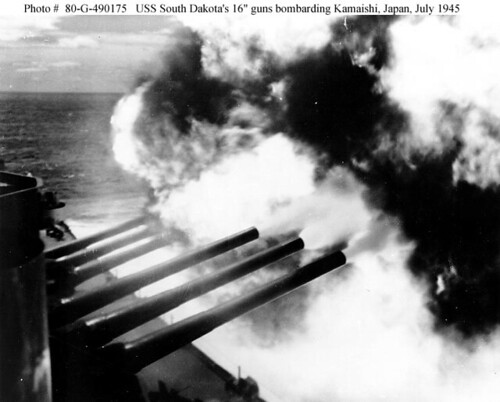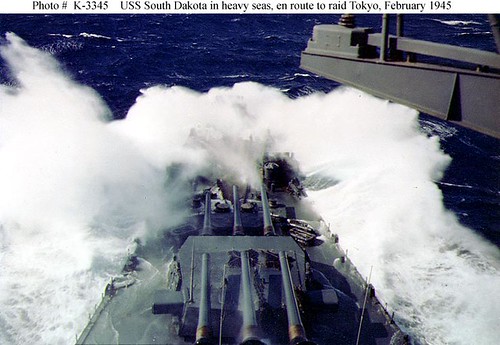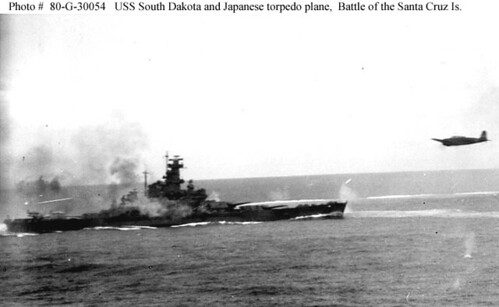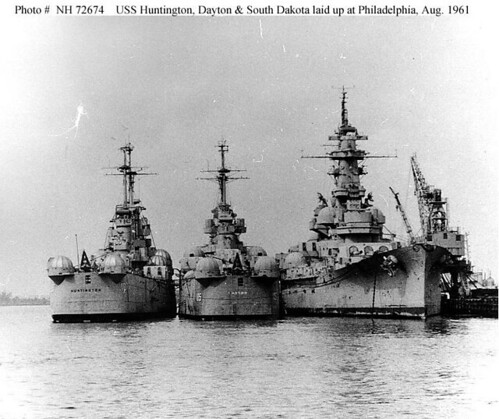As with Spain, so now with Syria. Once again we have a divided country bled by an ideological proxy war — this time between the Salafism of the Gulf states and the Twelver Shi’ism of the Iranian regime, with other regional and global powers hovering in the background. Once again we have the escalating atrocities — chemical warfare, massacres and religious persecutions, the return of beheadings, slavery and crucifixion. Once again we have ideologically motivated volunteers rushing in from far and wide; once again we have liberal powers seemingly helpless to bring the conflict to an end.
...
One reason Spain’s civil war ended quickly was the sheer effectiveness of the military aid the Axis powers sent to the nationalist cause. Spain proved (or seemed to prove) the effectiveness of total war as a tool of ideologically-motivated statecraft: The left was crushed, Franco’s regime established, and looking from afar Adolf Hitler could draw an obvious lesson for his own terrible ambitions.In line with the human cost of the Syrian Civil War, the economic infrastructure and civilization are going backwards. You know that picture of N. Korea vs. S. Korea from space? Via The Economist at the link, they have a Syria before and after that describes another layer to the story.
In Syria, the lessons are very different. The war is endless, the factions barely competent, and neither of the main ideological forces invested in the conflict seem capable of actually winning it. The Iranian mullahs have helped President Bashar al-Assad survive, but not to prosper. The Gulf states have lost control over their own Sunni proxies, and now face an Islamic State that threatens them as well.
The latest UN figures obtained by this newspaper (as yet unpublished) show that Syria’s population has shrunk to just 16.6m, down from a pre-war level of around 22m. With 4m UN-registered refugees abroad, at least 1m more unregistered and 7m internally displaced people, more than half the country’s population has been forced to move. UN officials think the number could be significantly higher than that, since estimates of the pre-war population vary widely. One indicator of this is satellite images of night-time electric-light intensity (evidence of human activity) which has fallen over 80% since the start of the war. Up to 250,000 people have died over the same period.Though a useful reference point for further pondering, the Spanish Civil War is a limited benchmark. What is going on in Syria has become its own particular idiom.
There are no "good guys," there are just those who are either a threat to others, or not. The best thing for Syria is to contain the violence so the metastasized portion, ISIS, can be weakened and killed - and done in such a way that the violence does not spread. The difficult part of that is that if there is too much success against ISIS in Syria that is not matched by strength in Iraq, then the problem heads down river to Baghdad. That COA is another post for another day.
The only people worthy of our support are the Kurds, but that creates problems with Turkey, which ... well ... there you go. Foreign Entanglements and all that jazz.
If the Spanish Civil War does not quite inform sufficiently about Syria, what might add additional perspective? Let's look at another religious and ethnic war as a reference point. The 30-years War;
The Thirty Years War, a multifaceted and multinational political and military conflict that raged over central Europe between 1618 and 1648 has often been considered, at least in the scope of misery and destruction it brought to those experiencing it, as a disaster comparable to, if not greater than, the two world wars and the Black Death. The suffering and heroism of both the combatants and the hapless victims of the fighting has burned itself into the national literatures and historical consciousness of that age and those ages that follow. While information on the extent of the material losses is sketchy, recent scholarship estimates human casualties to be in excess of millions, or about 15 to 20 percent of the prewar population of the region.Let's take the lower end of that number, 15%. A lot of that was assumed to be disease, something that we have not seen in Syria yet. Let's round that down a bit more to compensate for that, but give account for the fact that modern weapons are a bit more destructive. We'll make it 10%.
To get to the 30 Years War level in Syria, we need about 2.2 million dead. Between 9 to 10 times more death than we have had so far.
Yes, it can get worse. Smart money is that it will.
The model of complexity we are working with? Well ... review your Westeros.





























